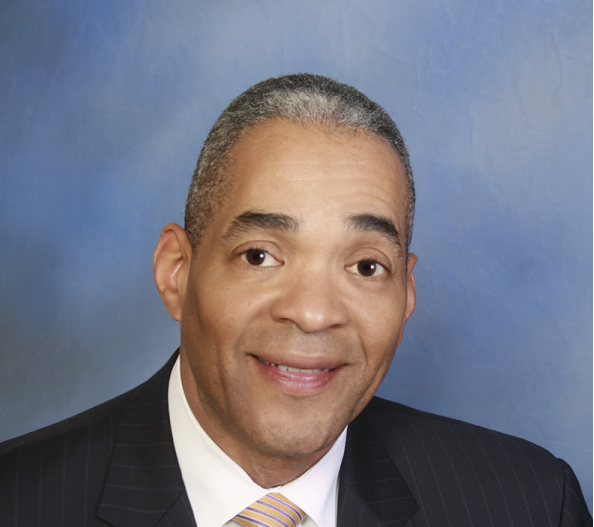There is something unusual about the federal judiciary in Tennessee: It has 23 trial judges, but only three are women.
Nearly 100 years have passed since the first female federal judge was appointed by President Calvin Coolidge in 1928. Yet, the federal judiciary is still primarily a male institution. Of the more than 1,400 federal judges across the country, 70 percent are men.
The federal bench is also overwhelmingly White: 78 percent.
In a democracy like ours, courts function best when they have the trust of the people who use them. Everyone who enters a courthouse must believe that the courts are fair and unbiased. It helps if the judges and lawyers look like the communities they serve.
The latest numbers on federal judges come from the new American Bar Association 2022 Profile of the Legal Profession. It’s an extensive compilation of statistics on lawyers, judges and law students in nine subject areas. The fourth- annual Profile report was issued July 28.
A new chapter in that report lays out detailed demographics of our federal judiciary. It makes for interesting reading.
In some places, the judges in federal court look a lot like the people they serve. For example, the population of New Mexico is nearly half Hispanic (49 percent). In that state, nearly half of the federal trial judges are Hispanic (five out of 12).
In Hawaii, the population is 37 percent Asian and half of the federal trial judges are Asian (four out of eight).
And in one state, New Jersey, you’ll find the only federal judiciary where women outnumber men among federal trial judges: 13 women and 12 men. (In Hawaii, the federal trial judiciary is evenly split — four men and four women.)
However, federal judges don’t reflect the populations of their states or districts elsewhere. At the 8th Circuit Court of Appeals, there are 18 active and senior status judges, but only one is female. In Alaska, where 40 percent of the population is non-White, all seven federal trial judges are White. In Delaware, where the population is 38 percent non-White, all four federal trial judges are White.
Here’s the good news: The federal judiciary is slowly becoming more diverse.
In the last year and a half, President Joe Biden has appointed 68 federal judges. Three-quarters of them are women. Two-thirds are lawyers of color. According to the Profile of the Legal Profession, that is the most diverse group of judges appointed by any president.
However, as the Profile of the Legal Profession shows, change can be slow and uneven. The number of Asian and Hispanic lawyers nationwide has grown over the last 10 years, but the number of Black lawyers has not.
And the gender gap among lawyers persists, too, though it is slowly narrowing. Today, only 38 percent of all lawyers are women. Look at our nation’s law schools and you can see the future. There are now more women law students than men.
Someday, the United States may have a legal profession and a judiciary that reflect our population. Until then, the ABA will remain dedicated to improving the diversity of the justice system. Achieving the right balance is crucial to maintaining public confidence in the impartiality of our courts.


